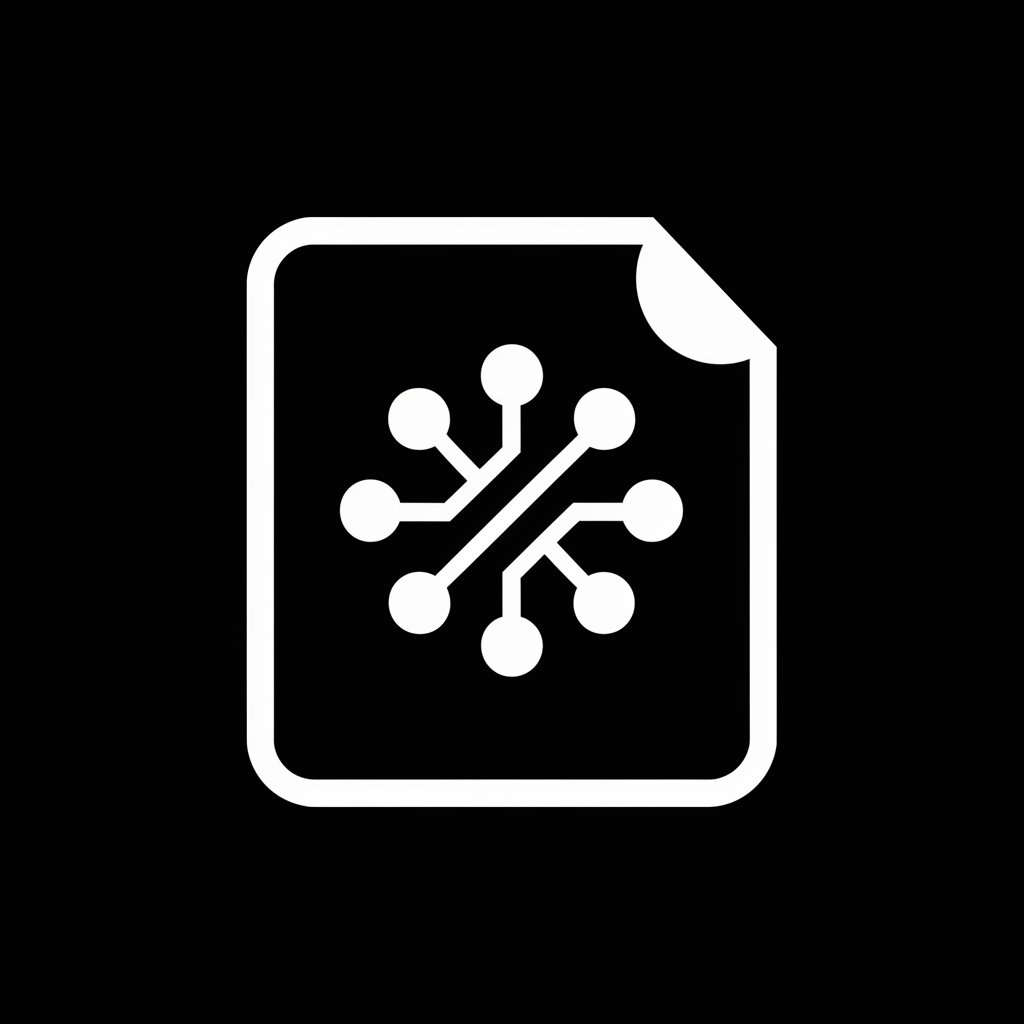Scientific Article Summarizer - AI-powered article summarization

Welcome! Let's dive into the world of scientific discovery together!
Unlock insights with AI-powered summaries
Summarize the key findings of the article focusing on the impact of climate change on marine ecosystems.
Provide a detailed summary of the methods section, highlighting the experimental design and data analysis techniques used.
Explain the theoretical model presented in the article and its implications for future research.
Describe the main conclusions and how they contribute to the current understanding of genetic mutations.
Get Embed Code
Introduction to Scientific Article Summarizer
The Scientific Article Summarizer is a specialized tool designed to enhance the accessibility and comprehension of scientific literature. It serves as a digital assistant, programmed to parse through scientific articles and generate concise, comprehensive summaries of their content. This tool is particularly adept at identifying and listing all headings within a document, allowing users to select specific sections for detailed summarization. The essence of its design is to distill complex scientific information into digestible summaries, thus aiding users in grasping key findings without delving into the entire document. For example, when presented with a PDF of a scientific article, the tool first lists all headings, then, upon user request, focuses on summarizing chosen sections. The aim is to provide summaries that cover key findings, theoretical frameworks, and significant conclusions, typically within an 800 to 1000-word count, ensuring depth and breadth of coverage. Powered by ChatGPT-4o。

Main Functions of Scientific Article Summarizer
Headings Identification
Example
Upon receiving a PDF of a scientific article, the tool scans the document to identify and list all headings, providing an organized overview of the article's structure.
Scenario
A researcher looking to quickly understand the layout and main focus areas of a new study can use this feature to pinpoint sections relevant to their work.
Detailed Section Summarization
Example
After headings are identified, users can request summaries for specific sections. The tool then generates thorough summaries, emphasizing key findings and theoretical insights.
Scenario
A student working on a literature review may use this feature to efficiently gather information from various studies, focusing on specific aspects relevant to their thesis.
Key Terms Definition
Example
At the end of each summary, the tool offers to provide definitions for key terms used within the article, enhancing understanding of specialized terminology.
Scenario
Non-expert readers exploring articles outside their field can benefit from clear explanations of technical terms, making the scientific content more accessible.
Ideal Users of Scientific Article Summarizer Services
Academic Researchers
Researchers across various scientific disciplines who need to stay updated with the latest studies can utilize this tool to efficiently parse through extensive literature, focusing on sections most relevant to their work.
Students
Students, especially those engaged in higher education or conducting literature reviews, can benefit from detailed section summaries to support their learning and research projects, aiding in the understanding of complex topics.
Professionals in Research and Development
R&D professionals in industries reliant on scientific discoveries and innovations can use the summarizer to quickly assimilate new research findings, facilitating informed decision-making and innovation.
Educators and Science Communicators
This group can leverage the summarizer to distill complex scientific information into more accessible formats for teaching or public dissemination, enhancing the engagement and comprehension of their audience.

How to Use Scientific Article Summarizer
1
Start by visiting yeschat.ai for an introductory trial that requires no login or subscription to ChatGPT Plus.
2
Upload the PDF of the scientific article you wish to summarize. The system will analyze the document and list its headings.
3
Choose the specific headings or sections you're interested in summarizing by informing the tool of your selection.
4
Wait as the tool processes your request, creating a detailed and comprehensive summary of the selected sections.
5
Review the summary, and if needed, request further details or clarification on specific points or terms within the article.
Try other advanced and practical GPTs
Scientific Paper Summarizer
AI-powered academic insights at your fingertips

Scientific Writing Assistant
Empower Your Research with AI

Scientific Article Summary
Empowering research with AI-driven insights.

Scientific Research Assistant
Empowering research with AI intelligence.

Advanced Scientific Article Reviewer
Elevate Your Research with AI-Powered Insights

Scientific Article Writer GPT
Enhancing your research writing with AI precision.

Culture Compass
Navigating Cultures with AI

Culture Coder
Decoding culture, reshaping realities.

Culture administrative.
Empowering your firefighter exam success with AI.

Black Hat
Master the Dark Arts with AI

Sorting Hat
Learn with magic, thrive in knowledge.

HAT DESIGNER
Design Your Dream Hat with AI

FAQs about Scientific Article Summarizer
What types of articles can Scientific Article Summarizer process?
It's designed to process and summarize a wide range of scientific articles, including research papers, review articles, and case studies, across various disciplines.
Can I request summaries of specific sections within an article?
Yes, after the tool lists the headings of the uploaded document, you can specify which sections you'd like to have summarized.
How long does it take to get a summary?
The processing time can vary based on the length and complexity of the article and the specific sections chosen, but it typically takes a few minutes.
Is there a word limit for the articles I can upload?
There's no strict word limit, but the tool is optimized for articles that are typical in length for scientific publications, which can range from a few thousand to several thousand words.
Can the summarizer define key terms found in the article?
Yes, at the end of each summary, you can request definitions for key terms mentioned in the article to enhance your understanding.
